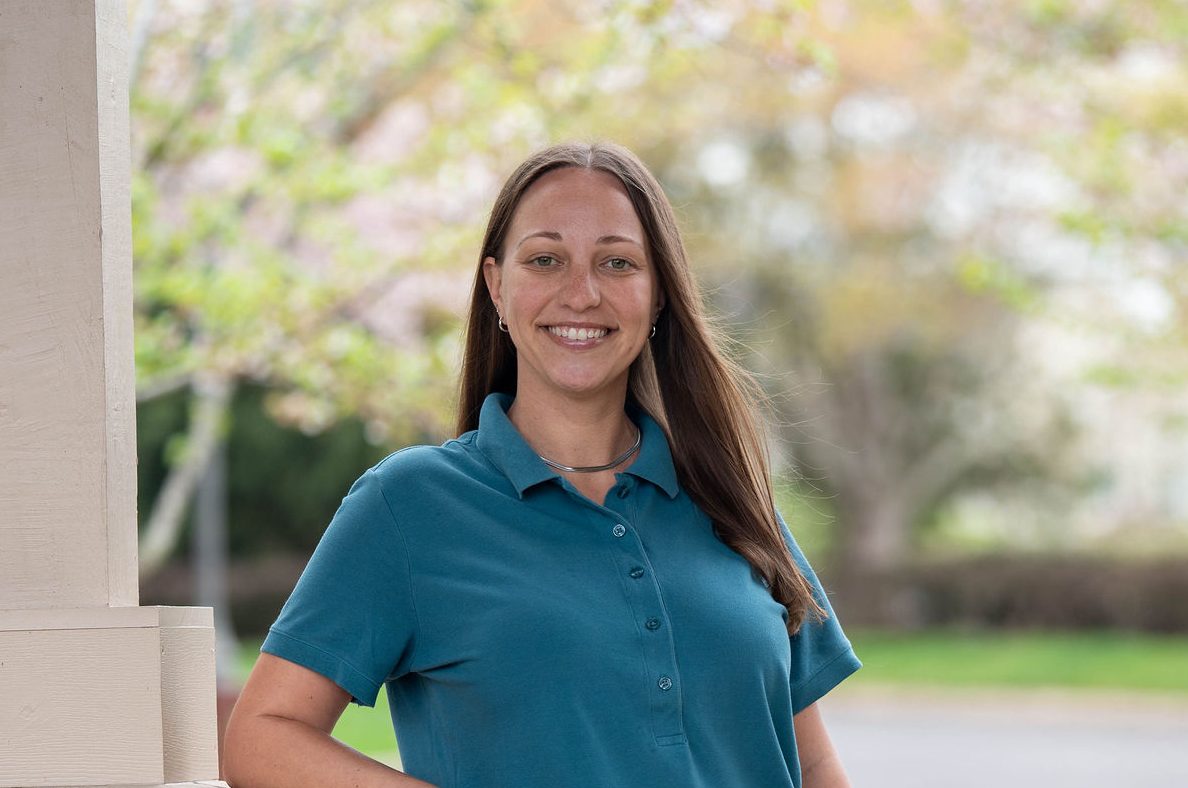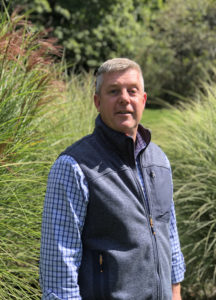The Clean Water Act Turns 50!
Posted: October 14th, 2022
Authors: Madison J.
Introduction
In the summer of 1969, the Cuyahoga River in Ohio had an oil slick significant enough to catch fire when sparks from a nearby train ignited the oil. Since 1868, this was the 13th time the Cuyahoga River had caught fire, but the first time that the blaze caught national attention. The Cuyahoga River and its history of pollution ultimately led to Congress passing the Clean Water Act (CWA) in October 1972.
Fast-forward to today, the CWA is turning 50! The United States (U.S.) Environmental Protection Agency (U.S. EPA) is currently celebrating by touring some iconic U.S. waterways, including the Florida Everglades, Chesapeake Bay, the Great Lakes, the Cuyahoga River, and the San Francisco Bay. Read on to find out what the CWA has accomplished over five decades.
History
Long before the CWA, the first U.S. law addressing water pollution was the Federal Water Pollution Control Act of 1948. For 24 years, public awareness and concern for water pollution kept increasing until the Federal Water Pollution Control Act was revised and amended in 1972, becoming the CWA. The CWA establishes regulatory structure for discharges of pollutants into U.S. waters and quality standards for surface waters. The amendments made in 1972 kickstarted five decades of pollution prevention and have vastly improved wastewater and stormwater infrastructure.
The CWA gave U.S. EPA the authority to implement pollution control programs and established responsibility in each state to implement Water Quality Standards Programs (WQS). So far, the U.S. EPA has set wastewater standards for industry, has developed national water quality criteria recommendations for surface waters, and has made it unlawful to discharge any pollutant from a point source into navigable waters without a permit. The CWA is organized into sections, including but not limited to:
- Section 308 – Inspections, Monitoring, Entry
- Section 309 – Federal Enforcement Authority
- Section 401 – State and Tribal Certification of Water Quality
- Section 402 – National Pollutant Discharge Elimination System
- Section 403 – Ocean Discharge Criteria
- Section 404 – Discharges of Dredge or Fill Material
The success of the CWA is thanks to collaboration between Federal, state, local, and tribal governments — plus industry, agriculture, and non-profit organizations.
What to Remember
- Since the CWA was passed, the percentage of U.S. waterways deemed “fishable or swimmable” has increased from 40% to 60%.
- 47 states and one territory are authorized to implement NPDES. The states or territories with no NPDES program authorization are American Samoa, District of Columbia, Guam, Massachusetts, New Hampshire, New Mexico, Northern Mariana Islands, and Puerto Rico. EPA is the permitting authority for states and territories that do not have authorization.
- The CWA has successfully reduced point source pollution in the United States. “Point source” pollution is pollution from identifiable sources, such as water treatment plants and industry.
- “Nonpoint source” pollution, or runoff pollution that flows through farmland and across industry facilities and city streets, inadvertently transports pollutants into our waterways and remains a significant challenge in the U.S.
- The U.S. EPA maintains an Office of Water (OW) that works to ensure that drinking water is safe, that oceans, watersheds, and ecosystems are restored and maintained, and that water sources are safe for human recreation and use.
- The U.S. EPA also sponsors the Watershed Academy that provides training on all things CWA, including professional learning modules, webcasts, publications, and youth resources.
Looking Ahead
For clean and safe U.S. waterways, there will always be progress to be made. The U.S. EPA is currently planning our next 50 years of clean water. The Bipartisan Infrastructure Law established in 2022 has started the next 50 years on a high note with a $12.7 billion grant to the Clean Water State Revolving Fund.
ALL4 Water Quality Support
ALL4’s Environmental, Health, and Safety (EHS) Practice provides several services in water quality and water resources:
- Stormwater Permitting and Support
- National Pollutant Discharge Elimination System (NPDES) Permitting and Support
- Facility Compliance
- Spill Prevention, Control and Countermeasure (SPCC) Plans
- Stormwater Pollution Prevention Plans (SWPPP)
- Facility Response Plans (FRP)
- State-Specific Plans
- Publicly Owned Treatment Works (POTW) Authorizations
- Water Resources
 Q&A with Paul Hagerty, Directing Consultant
Q&A with Paul Hagerty, Directing Consultant
Q: What are your thoughts on the CWA?
A: It would be difficult for anyone to deny the obvious water quality achievements that have resulted from implementation of the Clean Water Act in 1972. No more rivers on fire, no more unfettered discharge of pollutants and no more treating surface water as a disposal point as opposed to a critical natural resource.
Q: How has the CWA adapted and matured since 1972?
A: In ALL4’s opinion, very nicely! The CWA was originally focused on point source discharges (e.g., wastewater) but has adapted over the years to include non-point discharges (e.g., stormwater runoff added in 1987 amendments), facility response planning (e.g., SPCC Plans, OPA90) and the continuous confirmation and modification to various water quality criteria (e.g., impaired waters, TMDLs).
Q: What do you see in the next few years regarding the CWA?
A: There are numerous items in front of U.S. EPA regarding clean water, including emerging contaminants (e.g., PFAS, microplastics), expansion of the SPCC requirements beyond just oil, the ever-changing definition of Waters of the U.S. and the challenges associated with water scarcity and water rights.
If you have any questions or are looking for support, please reach out to ALL4’s EHS Practice Director, Heather Brinkerhoff, CSP at hbrinkerhoff@all4inc.com or 571.325.0502 x512.

 Q&A with
Q&A with 